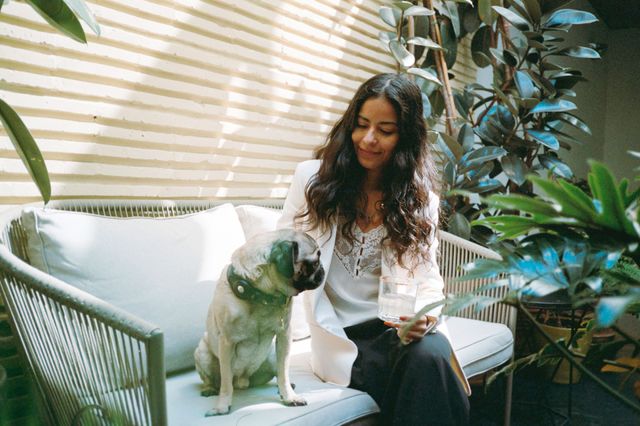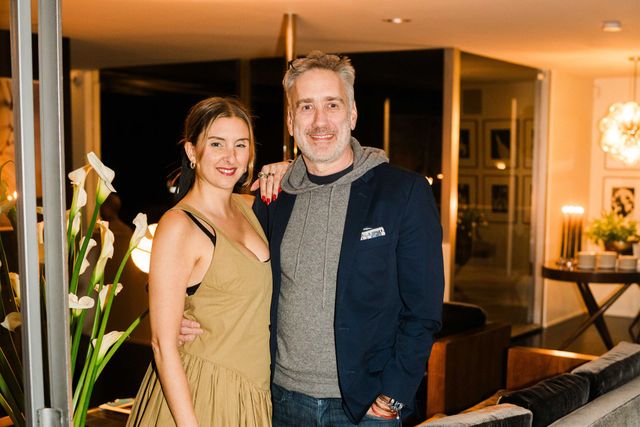Conversation with Marisa Osorio Farinha of Casa dos Pássaros
- Category
- Q&A
- Written by
- Roshan McArthur
- Published
- October 12, 2017
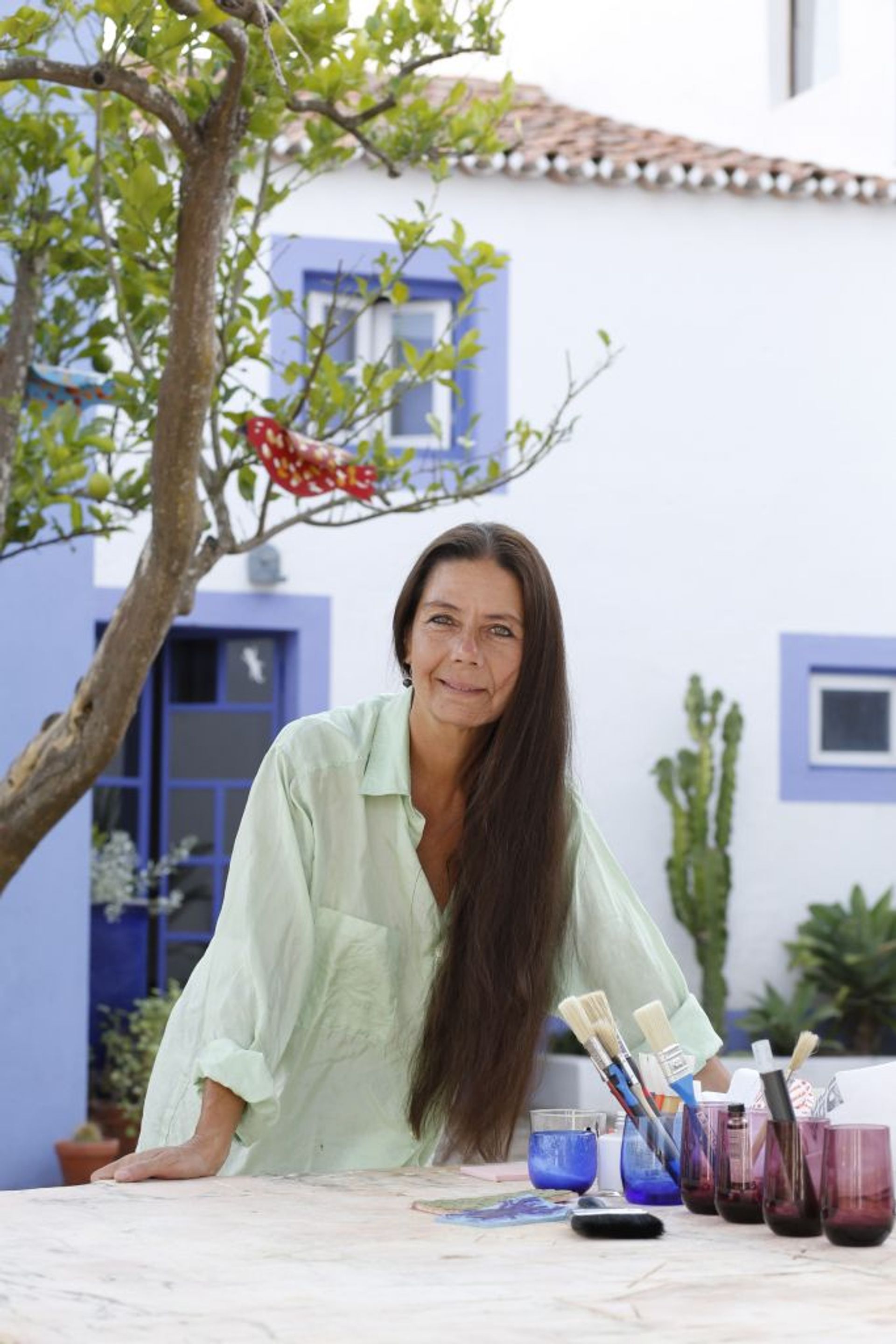
In many ways, Casa dos Pássaros is typical of Portugal’s Alto Alentejo region – with its bleached white limestone exteriors, ochre trim, and granite stonework. But when you step inside the house, you realize there is so much more to it. This is a work of devotion. Designer Marisa Osorio Farinha bought the property in the 13th-century town of Crato six years ago and spent two years restoring it – adding much of her own character along the way.
A co-founder and artistic director for the brand Siècle Paris, Marisa is passionate about the art of hospitality and the decorative arts, the handmade and the handicraft of excellence. Over the years she has worked in many media, from embroidery to arte povera, and here she has created a space that is punctuated by her own creations.
Most notably, the delicate mural in the hallway that gives the home its name – Casa dos Pássaros, or House of Birds. The house brings together history, nature and the decorative arts, and is an invitation to get to know the region she loves. We caught up with her to find out more.
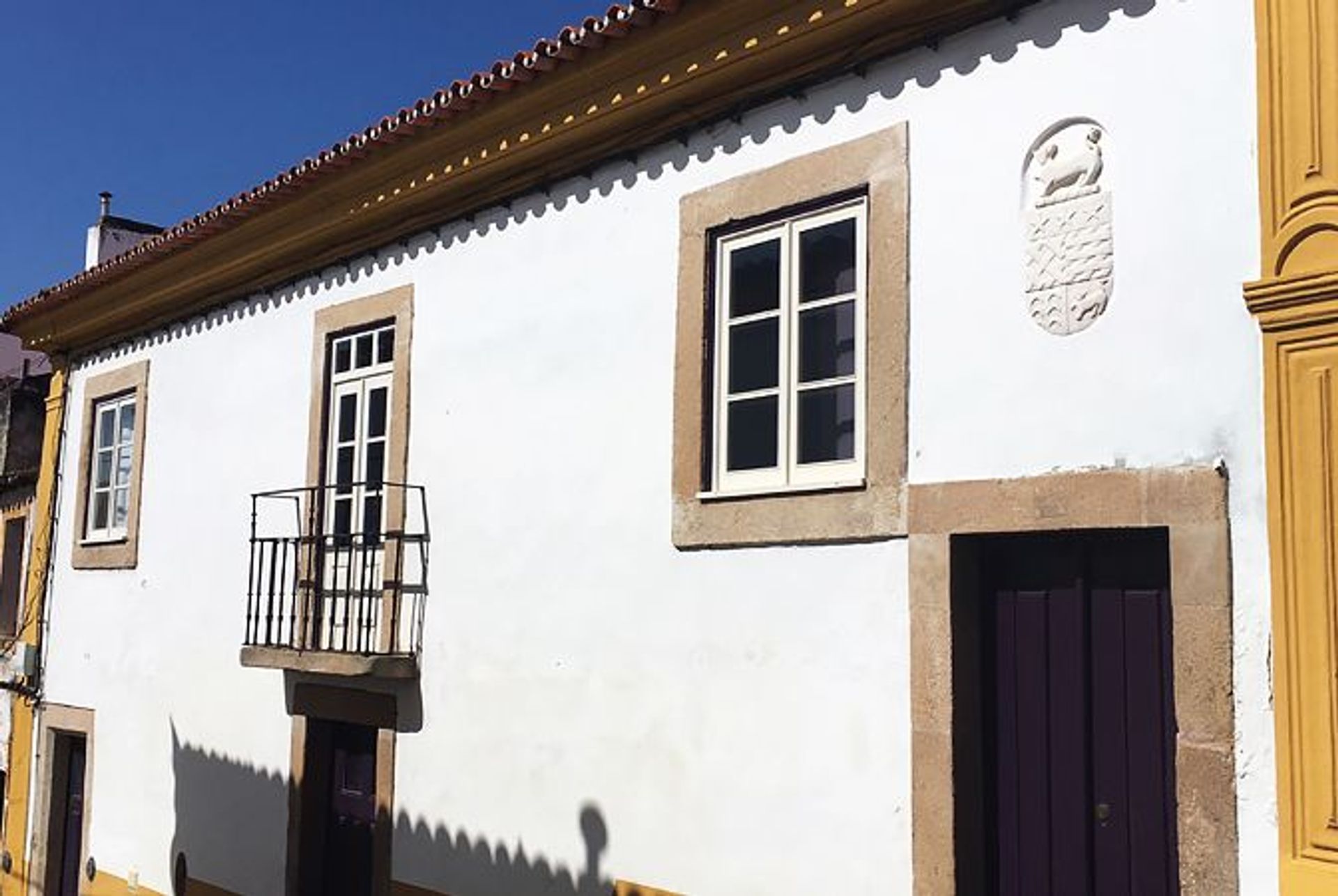
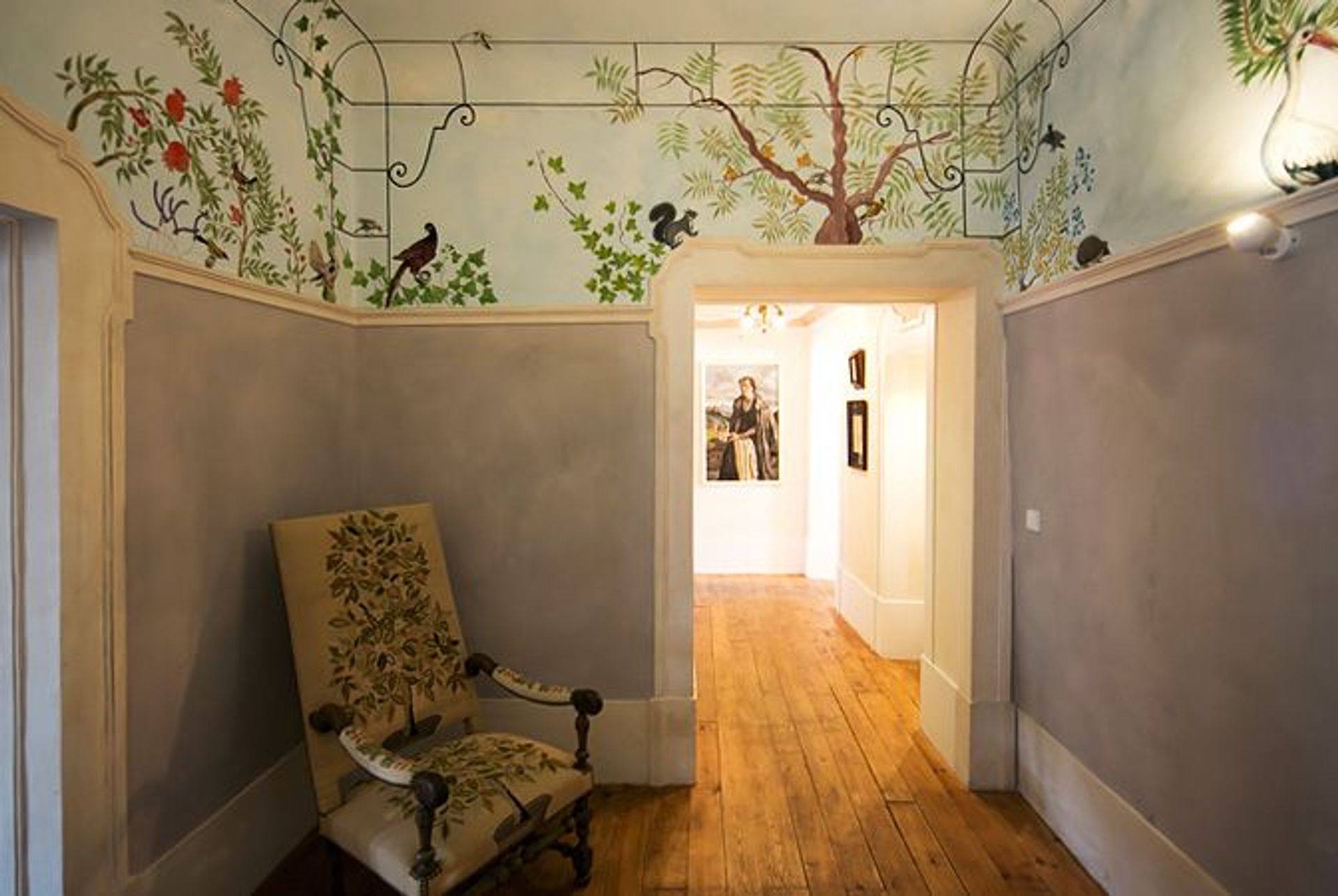
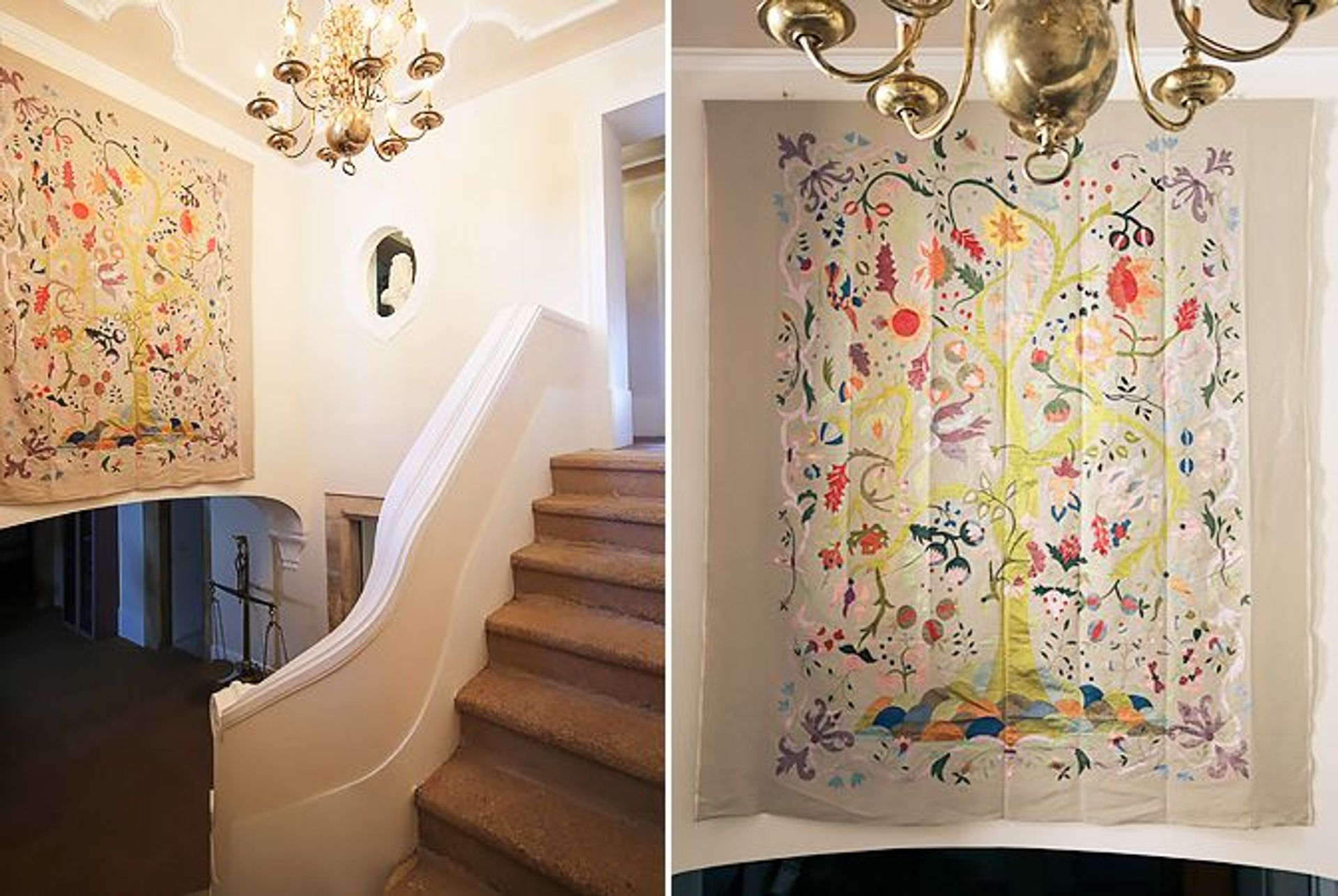
WHAT IS YOUR CONNECTION WITH THE ALTO ALENTEJO?
Marisa Osorio Farinha: “I was born in Lisbon, but my father was born in this part of the Alentejo. My paternal grandparents, my father’s sister and her family lived a few kilometers away from Crato. As a child, I came here to spend the bigger part of my summer holidays. I have extraordinary memories of those moments – the liberty to come and go as there were very few cars in the village, the proximity with the villagers, the smells of the fields during spring, the contact with nature and animals. What a contrast with my life in Lisbon!”
HOW DID ALENTEJO VILLAS COME ABOUT?
MOF: “My work for Siècle Paris centered on high-end, handcrafted tableware and home décor, where heritage, authenticity and savoir-faire are the pillars. I had several orders from customers for custom decor for their homes. But I wanted to go further. I wanted a home where my creations could live together as a whole, making it a unique place where I could invite people to join my world.
“Alentejo, one of the wildest and least-known areas of the Iberian Peninsula, with its starry skies, true flavors, untouched nature and history, offered an authentic and exceptional backdrop for my Art de Vivre. This was a real luxury! I immediately fell in love with this little Portuguese palàcio, and I knew it would be ideal to start this new project.”
WE LOVE THE IDEA OF RECEIVING GUESTS IN ENVIRONMENTS PUNCTUATED BY OUR OWN CREATIONS. IN YOUR OPINION, IS CREATIVITY BEST WHEN IT IS SHARED?
MOF: “Yes! I believe that sharing is joyful and rewarding! In my case, I create art that is concerned with the creation of useful items, and so they must be handled and used to exist. When I see my customers using and enjoying my creations, I feel I did my part in bringing something special to their everyday life. With the House of Birds, I want to share with my guests my creations and sensibility along with the Alentejano way of living, for a unique experience.”

WHY ARE THE DECORATIVE ARTS SO IMPORTANT?
MOF: “Decorative arts are a way to embellish everyday life. They bring aesthetic and joy to our homes and life. In today’s culture it seems that everything is mass-produced, automated and disposable. Even in the luxury market. Handcrafted goods share a history, a heritage. They connect us to our culture, to other people and to our humanity. Look what our fingers can do!”
CAN YOU TELL US ABOUT YOUR APPROACH TO “PROXIMITY TOURISM”?
MOF: “I believe that tourism is not only staying in a beautiful house or hotel, it is also about discovering the lifestyle of the inhabitants in the places you visit and understanding a different culture. Working with a local craftsman, or tasting a glass of wine at a local producer, is the perfect way to have an authentic encounter and a long-lasting travel memory. In a historic place like Crato, past and memory are a strong source of identity and differentiation. You can really feel this when walking along its cobbled streets, discovering here and there the eight-point cross, witnessing the importance of the Order of Malta in the history of this region.”
THE ACTIVITIES YOU OFFER GUESTS ARE INTRIGUING… POTTERY, HORSE RIDING AND FALCONRY. WHY DID YOU CHOOSE THOSE?
MOF: “My goal was to present experiences that connect visitors with the true beauty, history and authenticity of Alentejo, putting them back in touch with nature and also with the discovery of the artistic side which is in each of us. Falconry is part of the history of Crato,but it is also a marvelous way to link with mother nature when walking with your hawk in the wild Alentejo landscape.
“Crato has an ancient tradition of utilitarian ceramic pottery, dating back at least to the 17th century. I wanted people to experience the peace and joy of making pottery and feel good creating something just for fun, and the fun of getting dirty! Alentejo is, with Ribatejo, a region with a recognized tradition in the creation of the Lusitano Pureblood horse, the oldest breed of saddle horse in the world. I think we should all experience the freedom sensation that riding brings you. Strolling in the wind is unique!”
YOU SAY THAT TIME IS ONE OF OUR MOST PRIZED POSSESSIONS. WHY DO YOU FEEL THIS WAY?
MOF: “If you lose time, you can never get it back again. You can’t buy it, rent it or borrow it. To care for our time is to care for ourselves because how we spend our time is how we spend our lives. Our time is the most precious thing we have, and some day we’ll have no more of it. Alentejo’s slow pace of life requires that you take your time… Yes, relax, slow down, be yourself and don’t check the time!”
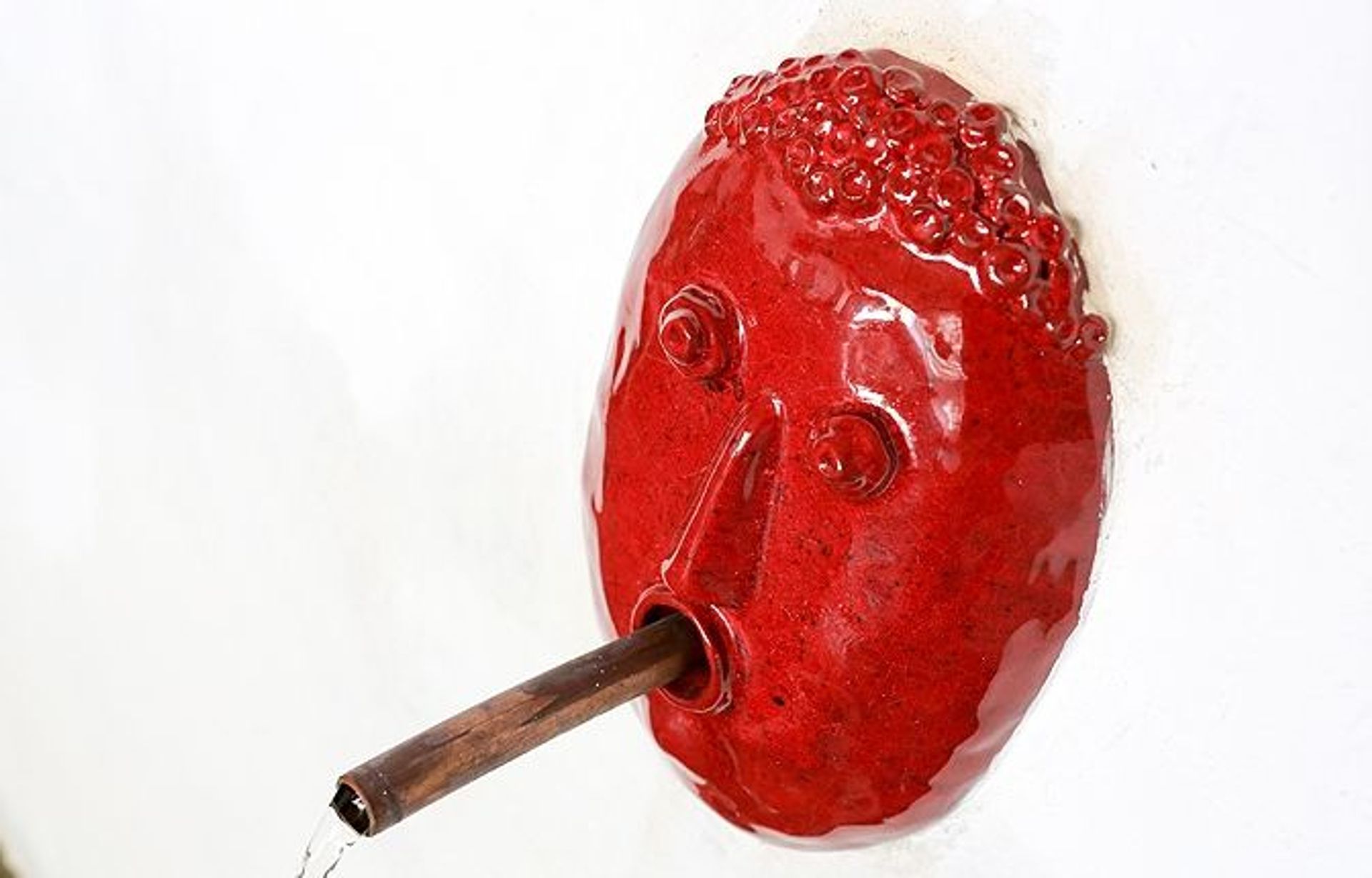
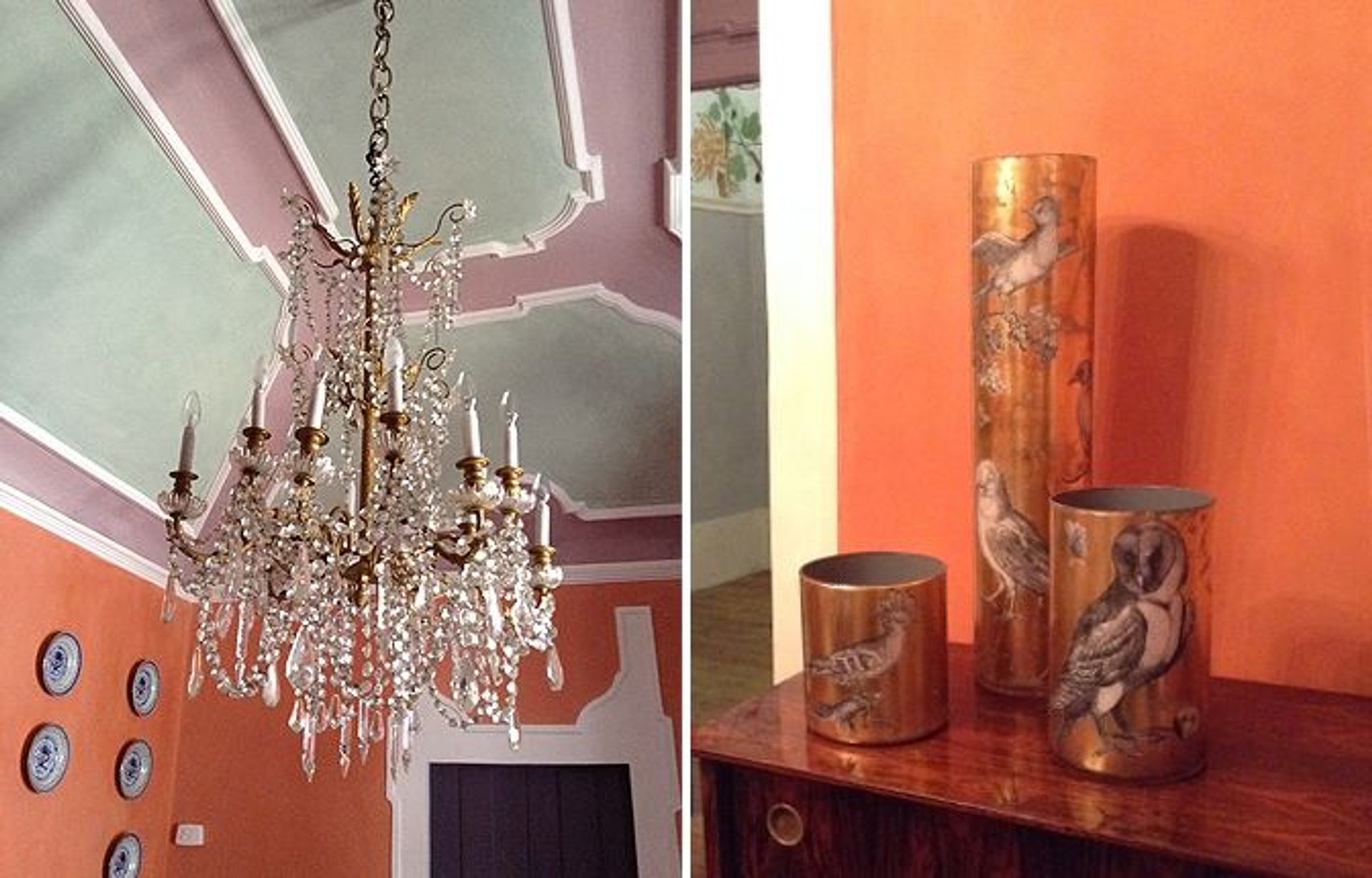
WHAT COMES NEXT?
MOF: “I have started a new exciting project in Lisbon with a young team of talented architects – Camarim Arquitectos. This future house is situated in a very special place in the city with fantastic views that go from the castle of S. Jorge down to the Tagus River. I also plan the construction of seven additional rooms and three suites in a marvelous wild garden in the middle of the ancient part of Crato. But let’s keep it secret for the moment… I am doing things step by step as Alentejo’s wisdom has always taught me to!”
To book Casa dos Pássaros, click here.
